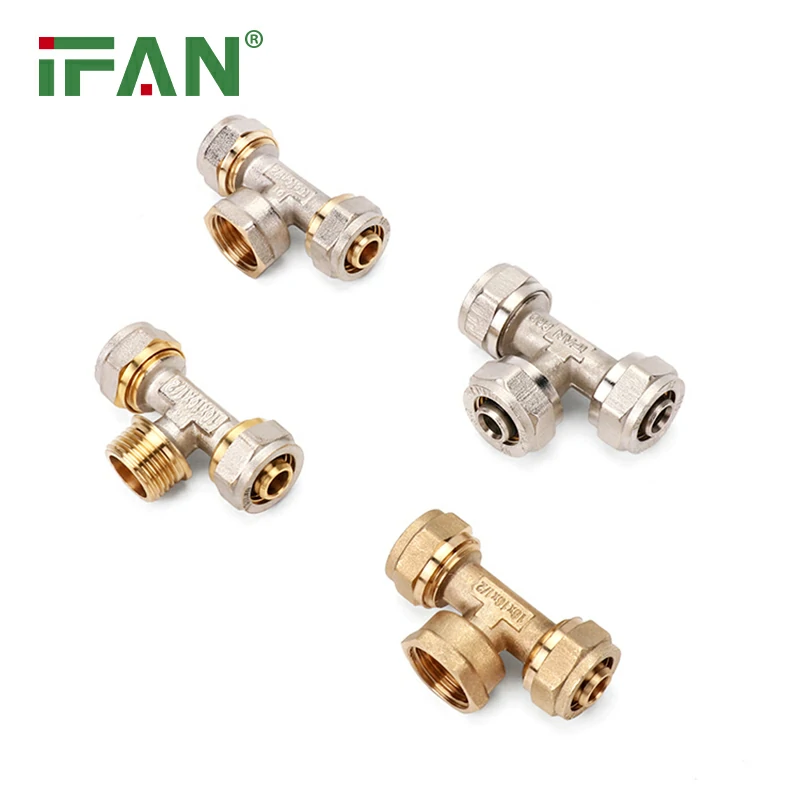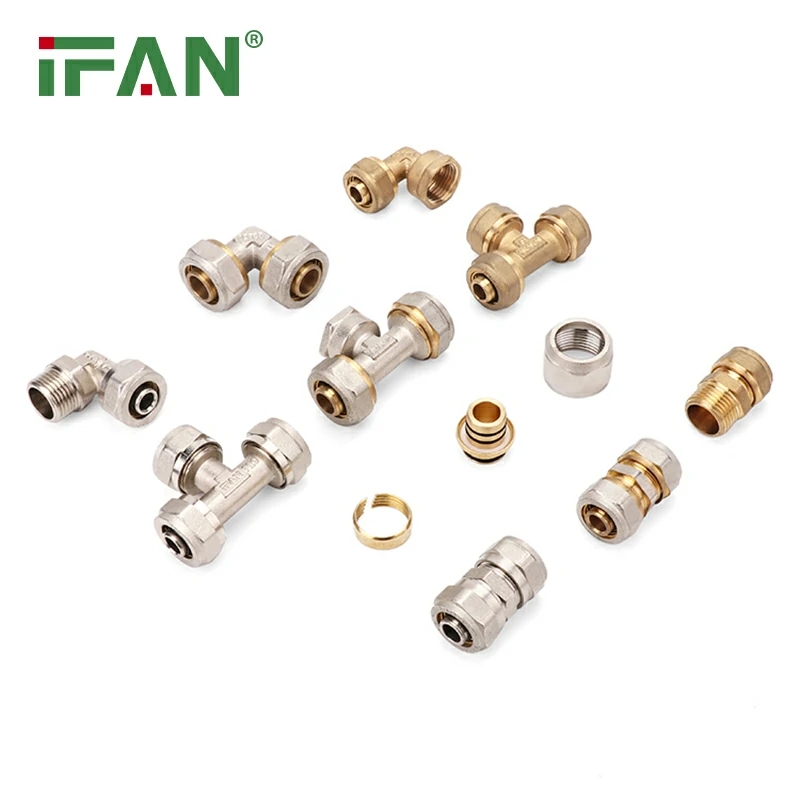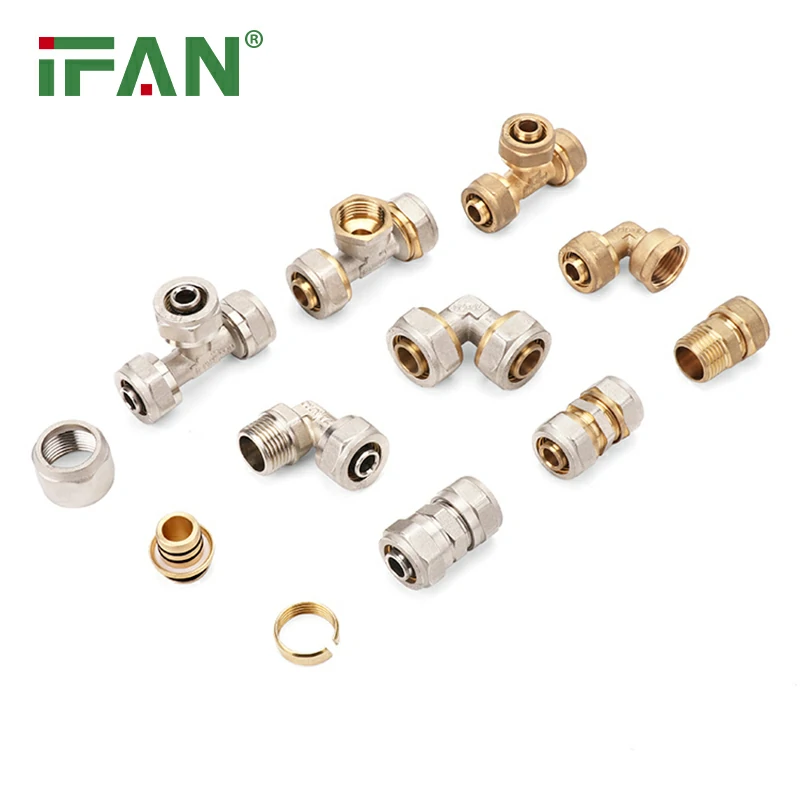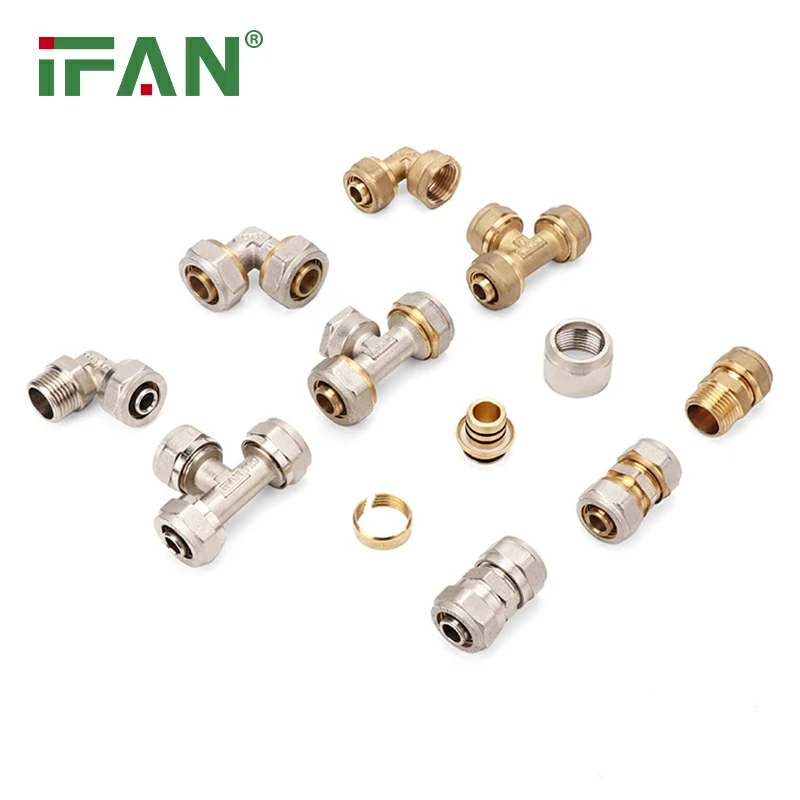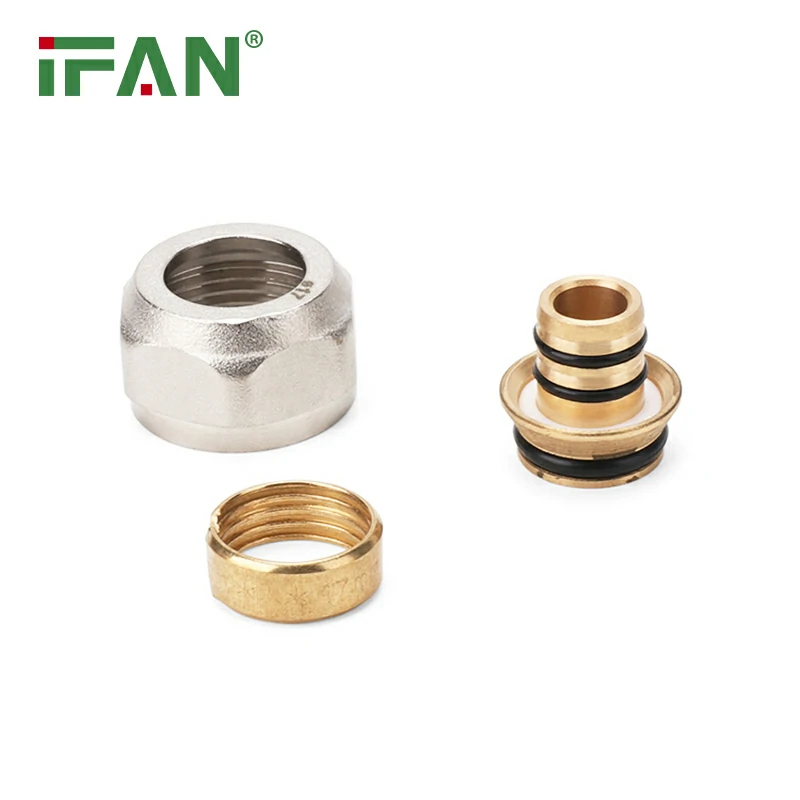IFAN factory 30+ years manufacture experience support color /size customization support free sample.Welcome to consult for catalog and free samples.This is our Facebook Website:www.facebook.com,Click to watch IFAN’s product video.Compared with Tomex products, our IFAN products from quality to price are your best choice, welcome to buy!
CPVC (Chlorinated Polyvinyl Chloride) fittings have become central to modern plumbing and piping systems, thanks to their durability and versatility. Recent innovations in design and manufacturing have significantly enhanced their performance, efficiency, and usability. This article explores the latest advancements in CPVC fitting technology, focusing on improved designs, sustainability efforts, manufacturing techniques, enhanced functionality, and market trends.
Improved Design Features
Recent advancements in the design of CPVC fittings focus on enhancing flow characteristics and reducing pressure loss. Engineers are developing fittings with smoother internal surfaces that minimize turbulence, allowing for more efficient water flow. Additionally, the introduction of innovative shapes, such as flexible elbows and multi-directional connectors, facilitates easier installation and better adaptability in complex piping layouts. These improvements not only simplify assembly but also reduce potential points of failure, leading to more reliable plumbing systems.
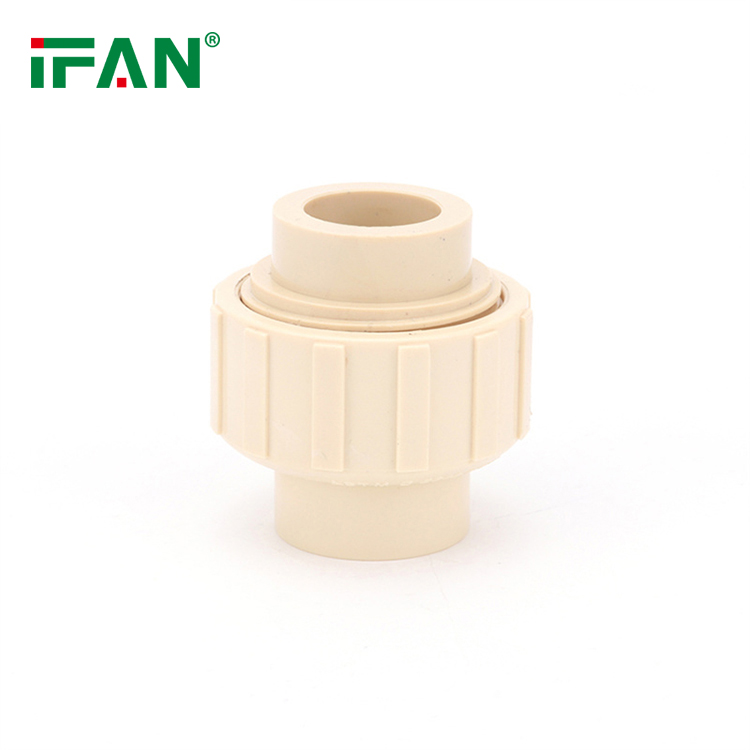
Sustainability Efforts in Manufacturing
As environmental concerns become increasingly prominent, manufacturers are adopting sustainable practices in the production of CPVC fittings. Many companies are now utilizing recycled materials to create new fittings, significantly reducing waste and energy consumption. In addition, advancements in production techniques aim to lower carbon footprints by minimizing resource usage throughout the manufacturing process. By focusing on sustainability, these innovations not only contribute to a healthier planet but also appeal to environmentally conscious consumers seeking eco-friendly plumbing solutions.
Advanced Manufacturing Techniques
The manufacturing of CPVC fittings has seen significant technological advancements that enhance precision and efficiency. Techniques such as injection molding and 3D printing are being employed to produce complex fittings with high accuracy and consistency. These methods allow for rapid prototyping and customization, enabling manufacturers to respond quickly to market demands and specific customer requirements. Moreover, automation in manufacturing processes increases production speed while maintaining quality standards, ultimately leading to cost savings and improved product availability.

Enhanced Functionality and Compatibility
Innovations in CPVC fitting design also focus on enhancing compatibility with other materials and systems. Newer fittings are being developed to seamlessly integrate with various piping materials, such as PEX and metal pipes, allowing for versatile applications in existing plumbing systems. Additionally, some manufacturers are incorporating features such as built-in shut-off valves and pressure gauges into fittings, which provide added functionality and convenience for users. These enhancements make CPVC fittings more user-friendly and adaptable to diverse installation scenarios.
Emerging Market Trends
The demand for CPVC fittings continues to grow, driven by trends in both residential and commercial construction. Increasing awareness of the benefits of CPVC, including its resistance to corrosion and high temperatures, is leading builders and contractors to favor these materials over traditional options like metal. Furthermore, as smart home technologies gain popularity, there is a rising interest in fittings that can accommodate sensors and smart devices. This trend reflects a broader movement towards integrated plumbing systems that offer both efficiency and connectivity, positioning CPVC fittings at the forefront of modern plumbing innovation.
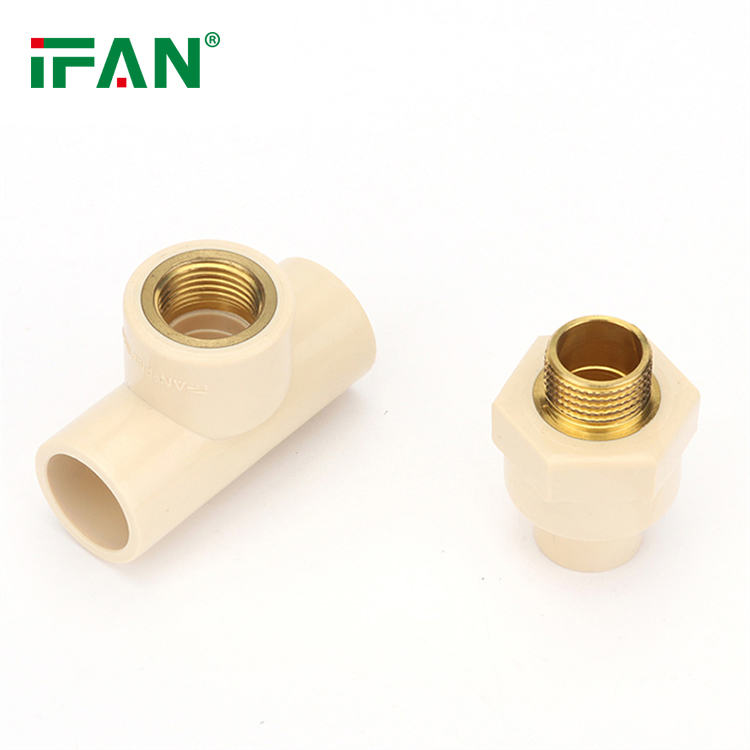
Conclusion
Innovations in CPVC fitting design and manufacturing are reshaping the landscape of plumbing and piping systems. Through improved design features, sustainable practices, advanced manufacturing techniques, enhanced functionality, and emerging market trends, CPVC fittings are becoming more efficient, versatile, and environmentally friendly. As the industry continues to evolve, these advancements will play a crucial role in meeting the growing demands of both residential and commercial applications, ensuring that CPVC remains a preferred choice for future plumbing solutions.

